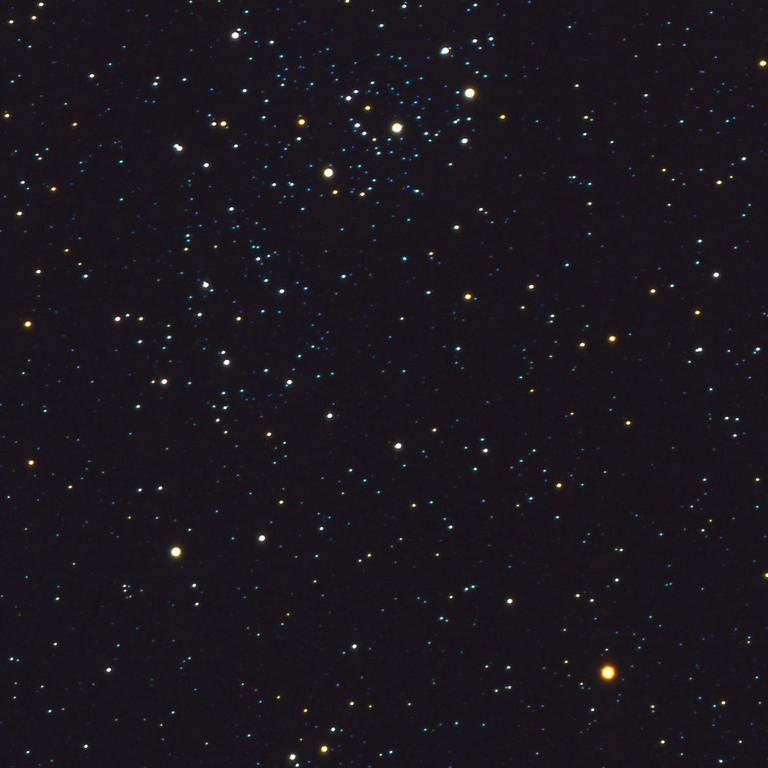Betelgeuse could be on verge of supernova after dimming to its lowest level ever seen
Astronomers have become obsessed with a nearby star after it dimmed to its faintest level, potentially pointing to an imminent explosion.
Excited concerns are mounting a distant star roughly 1400 times bigger than ours could soon explode if it hasn’t already.
The Betelgeuse star is one of the brightest in the night sky, and the second brightest in the Orion constellation where it sits.
The star has become a focus on astronomy Twitter and other online stargazing forums in recent days amid speculation it could soon go “supernova”.
A supernova is the term given to the massive explosion of a star, caused when it runs out of fuel and begins rapidly cooling down.
Eventually the force of gravity, now unencumbered by heat radiating from the star’s core, crushes the star, leaving behind a nebula, or in some cases a black hole.

Dr David Boyce, an astronomy enthusiast and head of physics at a UK boarding school, took to Twitter over the weekend to share an observation he had made about the distant star that suggests it could follow in the footsteps of many before it.
Is #betelgeuse about to go supernova? It has suddenly and rapidly decreased in brightness by a factor of 2 - noticeable to the naked eye. pic.twitter.com/VppN3X7tBL
— Dr David Boyce (@DrDavidBoyce) December 20, 2019
Dr Boyce said if it does do that, Betelgeuse will give off more light than the Milky Way, more energy than it collectively has over the millions of years it’s been alive, and be the brightest object in the sky.
“Whatever happens, it will be worth watching,” Dr Boyce said. “A supernova within our galaxy is a once in a lifetime spectacle.”

But not everyone shared in his excitement.
Some were quick to point out that Betelgeuse is classed as a semi-regular variable star, meaning its brightness is prone to change.
This means the decreased brightness might just be business as usual rather than a foreshadowing of an upcoming supernova.
But researchers from Villanova University said Betelgeuse reached its lowest ever brightness level earlier this month.

The researchers have been watching Betelgeuse (as well as the Antares star in the Scorpius constellation) for signs of potential supernova.
The two stars have previously been identified as the most likely sources of a supernova “nearby”, despite both being more than 600 light years from Earth.
“This season shows the star has been declining in brightness since October,” a note from Villanova astronomy professor Edward Guinan posted on The Astronomer’s Telegram said.
“Betelgeuse undergoes complicated quasi-periodic brightness variations with a dominant period of approximately 405 – 435 days. But also Betelgeuse has longer-term (5 – 6 years) and shorter term (100 – 180 days) smaller brightness changes. Currently this is the faintest the star has been during our 25-plus years of continuous monitoring,” the note said.
Betelgeuse is expected to explode one day, thanks to its relatively quick lifetime as a star. The reason it’s so bright in the sky is because of its size and fuel burn.
Any evidence of a Betelgeuse supernova would take more than 600 years for us to notice anyway, so if it is actually on the verge of happening as some suspect, it’s really part of history by now.



